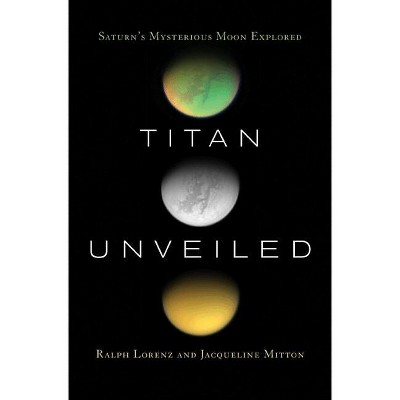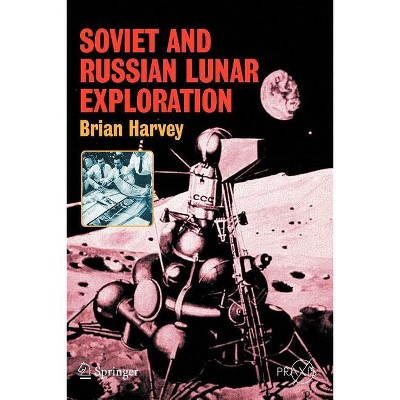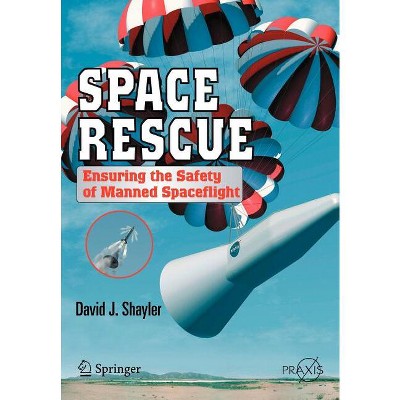Sponsored

Space Systems Failures - by David M Harland & Ralph Lorenz (Paperback)
In Stock
Sponsored
About this item
Highlights
- There have been many remarkable achievements, such as the Galileo probe which parachuted into Jupiter's atmosphere, to the joy of the engineers who built it.
- Author(s): David M Harland & Ralph Lorenz
- 370 Pages
- Science, Physics
Description
Book Synopsis
There have been many remarkable achievements, such as the Galileo probe which parachuted into Jupiter's atmosphere, to the joy of the engineers who built it. But there have also been many humiliating failures. Sometimes the cause is a silly procedural error, such as a minus sign instead of a plus sign in a computer program, or a mix up between Imperial and Metric units. The Russian craft Phobos 1 was lost en route to Mars after being sent an incorrect command, because the spacecraft's computer was insufficiently robust to reject it. More recently, NASA has suffered the loss of several missions to Mars, including one due to a simple computer programming error. In Space Systems Failures, David Harland (here working with co-author Ralph Lorenz) describes the many quite fascinating tales of woe involving failures of rockets, satellites and deep space missions in his inimitable style, providing a unique insight into the trials and tribulations of exploration at the high frontier.
Review Quotes
From the reviews:
"Harland (space historian) and Lorenz (Univ. of Arizona, Tucson), using occasional flashes of humor, explore in depth the wide variety of causes of failure of space systems ... . The material is very practical, punchy, and straightforward, presented in a refreshing writing style. The book contains many ... illustrations, extensive references at the end of each chapter and a full 14-page index. ... it is a must for scientists and engineers engaged in or planning a career in space systems. Summing Up: Recommended." (W. E. Howard, CHOICE, November, 2005)
"This book is the literary equivalent of the 'tell-all' TV documentary and should meet most of its readers' vicarious interests in what can go wrong in - or on the way to -space. ... The book is pretty well encyclopaedic ... . The book is illustrated with black-and-white photos and diagrams ... . On balance, this book is well researched and referenced ... . Anyone involved in the design, manufacturing and operation of spacecraft and launch vehicles should read this book ... and learn." (satellite-evolution.com, May/June, 2007)

















